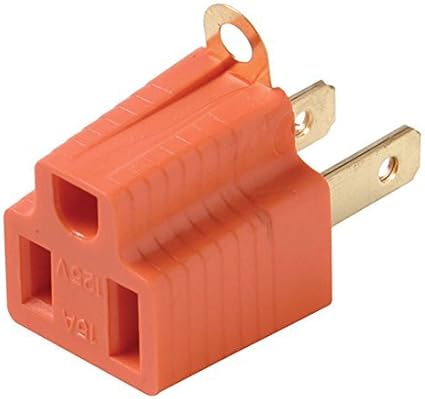Dave_in_Central
Jun 30, 2020Explorer
Question: Truck Battery Bank for Shore Power
Based on some back-and-forth with my original post, I've redefined my problem.
1. Situation: I'm trying to use the battery bank on my truck for shore power for my travel trailer. I want to be able to use the battery bank on my truck to run low-draw AC appliances while dry camping.
1.1. Battery Bank: On the truck I have three deep cycle batteries in parallel connected to an inverter. These are not tied into the truck's alternator. I use a Schumacher battery charger to keep them topped off.
1.2. Wiring from Camper to Inverter: First, the camper's shore power cable plugs into a 30Amp RV to 15/20Amp pigtail adapter. Second, a 20-amp 10-gauge generator cord plugs into the pigtail adapter and goes to the back of the truck. Third, the generator cord plugs into a 15A to 20A adapter, and then is plugged into the inverter.
1.3. Inverter Information: My set up works with an 800W inverter that outputs 120 volts. My set up does not work with my 2000W inverter that outputs 115 volts.
2. Problem: I want to use my 2000W inverter to provide shore power to my camper. Seeing that the 800W inverter that outputs 120V works and the 2000W inverter that outputs 115V does not, is there anything I can do to get the 2000W inverter to work?
2.1. The inverter I'm asking about is a Whistler Pro-2000, it outputs 115 volts (modified sine wave). When I connect the shore power cable to it, the RV gets power for a second, then the inverter goes into alarm mode (audible alarm, light blinking red-green-red-green, and power from inverter cuts off).
2.2. Last night, I was asked whether my inverter outputs 120 volts. I looked and the labeling on the inverter clearly states it outputs 115V (the Whistler Pro-2000). I also have an 800W inverter in the house that outputs 120V. When I tried using this inverter for shore power, I was successful in using truck's battery bank to provide power to the RV.
Thanks,
Dave
1. Situation: I'm trying to use the battery bank on my truck for shore power for my travel trailer. I want to be able to use the battery bank on my truck to run low-draw AC appliances while dry camping.
1.1. Battery Bank: On the truck I have three deep cycle batteries in parallel connected to an inverter. These are not tied into the truck's alternator. I use a Schumacher battery charger to keep them topped off.
1.2. Wiring from Camper to Inverter: First, the camper's shore power cable plugs into a 30Amp RV to 15/20Amp pigtail adapter. Second, a 20-amp 10-gauge generator cord plugs into the pigtail adapter and goes to the back of the truck. Third, the generator cord plugs into a 15A to 20A adapter, and then is plugged into the inverter.
1.3. Inverter Information: My set up works with an 800W inverter that outputs 120 volts. My set up does not work with my 2000W inverter that outputs 115 volts.
2. Problem: I want to use my 2000W inverter to provide shore power to my camper. Seeing that the 800W inverter that outputs 120V works and the 2000W inverter that outputs 115V does not, is there anything I can do to get the 2000W inverter to work?
2.1. The inverter I'm asking about is a Whistler Pro-2000, it outputs 115 volts (modified sine wave). When I connect the shore power cable to it, the RV gets power for a second, then the inverter goes into alarm mode (audible alarm, light blinking red-green-red-green, and power from inverter cuts off).
2.2. Last night, I was asked whether my inverter outputs 120 volts. I looked and the labeling on the inverter clearly states it outputs 115V (the Whistler Pro-2000). I also have an 800W inverter in the house that outputs 120V. When I tried using this inverter for shore power, I was successful in using truck's battery bank to provide power to the RV.
Thanks,
Dave
